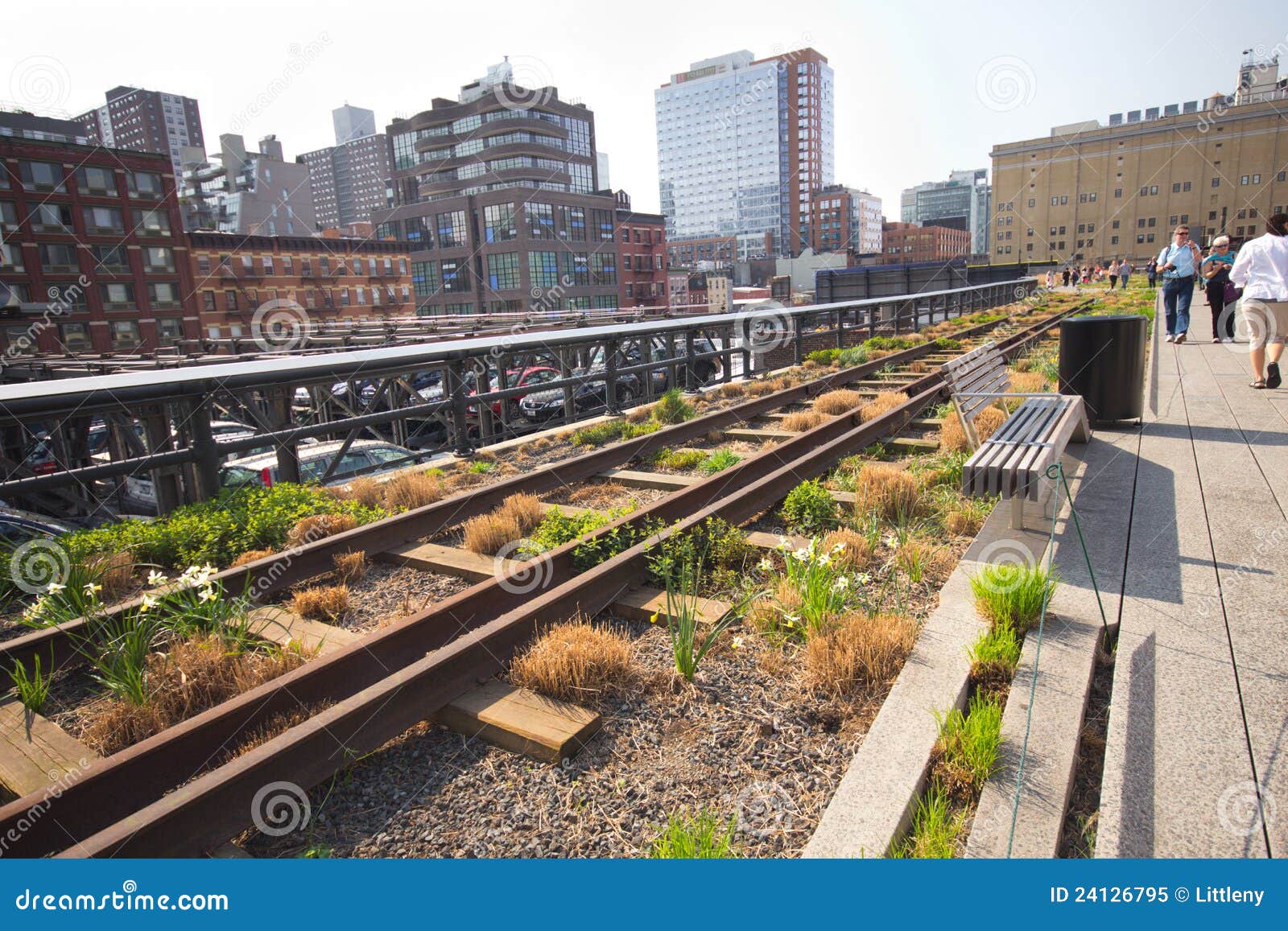Image source: http://www.hostelgarden.net/wp-content/uploads/2014/05/dimensions-vegetable-gardening-in-small-spaces.jpg
The good news is that you don't have to have the space of a farmer's field to produce a sizeable, healthy harvest that would make a farmer proud. In this article, we'll explain how small garden spaces can be maximized to yield bumper crops of vegetables.
For starters, consider the types of vegetables that grow well in containers. In general, almost any vegetable that you can grow in the ground can also be cultivated in a container, provided that it has ample root space and receives adequate water. Some examples of vegetables that can be grown in containers include tomatoes, peppers, potatoes, lettuce, peas, spinach, and bush beans. Crops that are not well suited to container planting include squash and watermelon, because these vining plants become quite large and sprawling, and corn, because it needs to be planted in blocks at least 4 foot wide by 4 foot long for optimal cross pollination to occur.
When choosing containers, try to think outside the box. You don't need to go to the garden store and spend a lot of money on expensive pots and pretty ceramic planters. When planting a vegetable garden, utility is the key, and this becomes even truer if you're trying to save money by growing your own vegetables. Consider planting in small waste paper cans, half barrels, and square blocks. If you really want to get creative, other possibilities might include old tubs or water tanks, eave troughs, bushel baskets, seed sacks, and old car tires. Your imagination really is the limit when it comes to planting containers. After all, if it will hold the plant and provide ample growing space, why not make use of it?
When deciding what plants to grow in which containers, consider the size of each plant at maturity. For medium to small sized vegetables such as leaf lettuce, you will need a soil depth of at least 8 inches. For larger vegetables such as tomatoes, eggplants, or peppers, the optimum soil depth should be at least 18 inches. Another consideration is how many plants you can fit into one container. For peppers, spinach, head lettuce, and beans, 4 plants per square foot is the rule of thumb. Tomatoes and potatoes will require one full square foot per plant. For leaf lettuce, as many as 6 plants can be squeezed into one square foot. When trained on trellises, peas can be planted as closely as 25 plants per square foot.
Remember, limited gardening space doesn't have to be a disadvantage. Particularly in the case of vegetable gardening in containers, it can actually work to your advantage. Vegetables grown in the reflected heat of concrete from sidewalks, patios, or driveways will grow larger and faster, and may produce heavier yields. Even those of us with the smallest gardening spaces can find ways to squeeze in a tomato plant here and a pepper plant there for maximum yields in minimum space.
